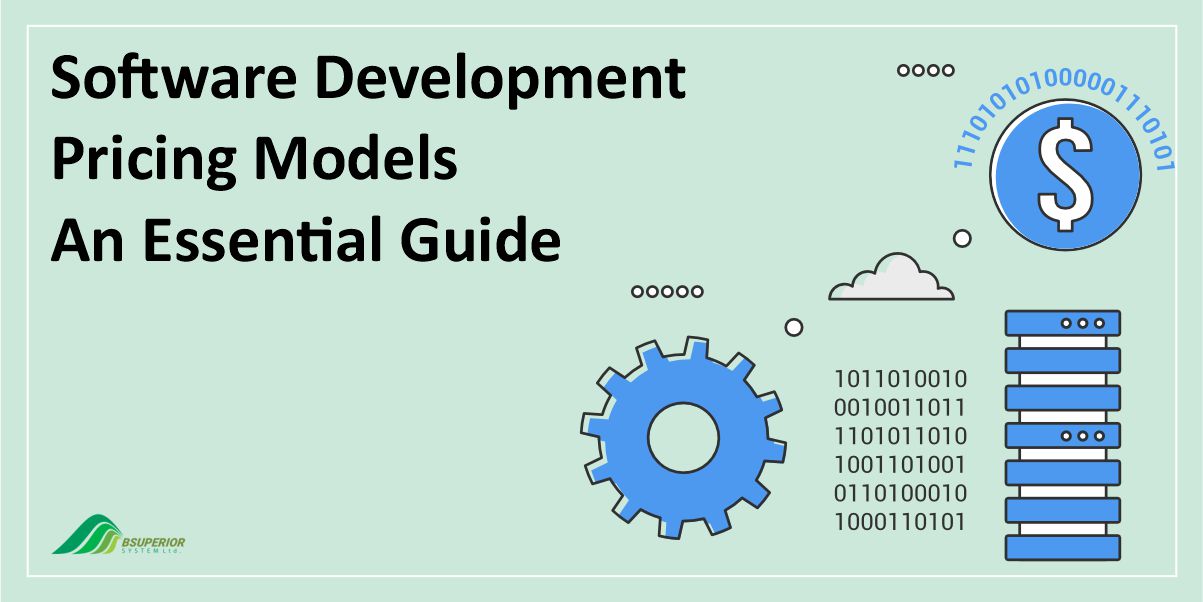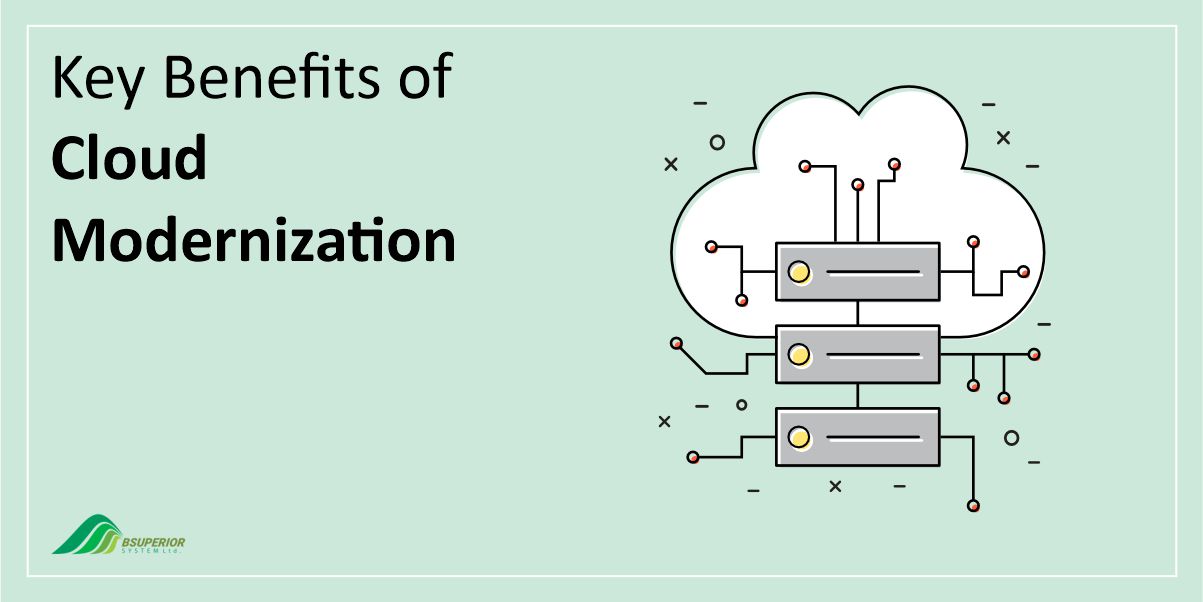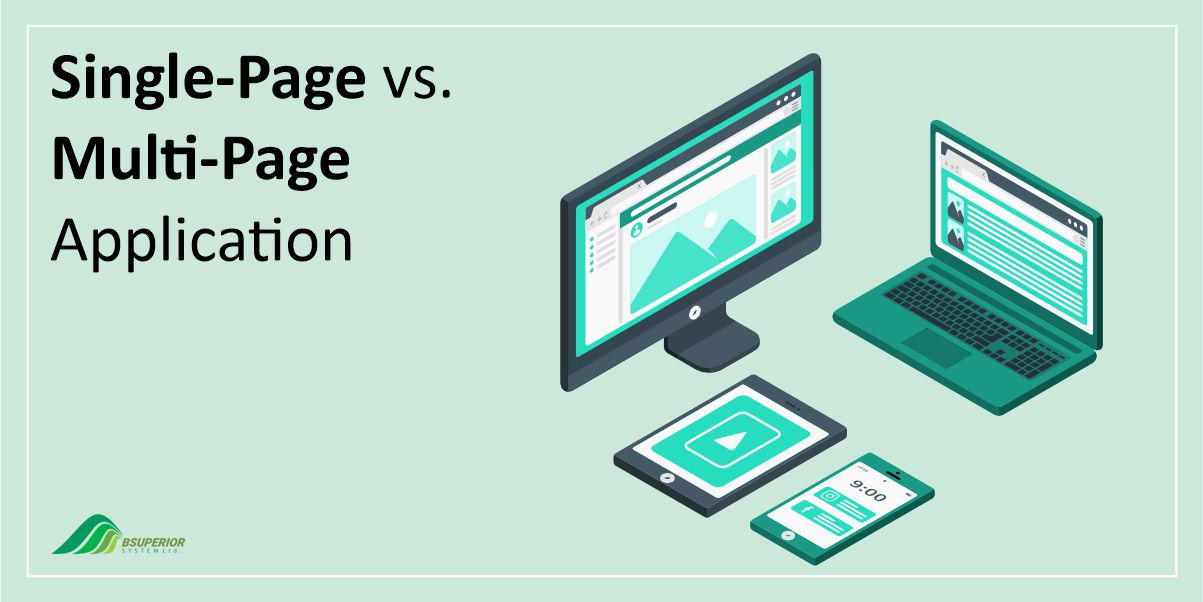Software Development Pricing Models: An Essential Guide

Building software is a lengthy process that involves numerous aspects. One of the most important aspects in a software development process is finding the right pricing model for your software development needs.
This is important because your success will be one or another impacted by the pricing strategy that you go with. With that being said, in this blog post, we will unpack 4 of the most popular and effective pricing models in the software development realm.
What is a Pricing Model All About?
Before moving on to a discussion of the software development pricing models, let’s begin with a general definition of a pricing model.
A pricing model refers to a systematic method or structure which is used to define and communicate the price of a software product or service to customers.
It aids businesses in setting up a uniform and clear pricing strategy for their products or services. It also guarantees equitable treatment of all customers and helps organizations maintain a viable profit margin.
Read More: Offshore Software Development: Pros and Cons [Expert Guide]
4 Types of Software Development Pricing Models
Overall, there are 4 major pricing approaches when it comes to software development. These pricing models – Fixed Price, Time and Material, Mixed, and Dedicated Team, will be explained in more detail below.
| Feature | FIXED-PRICE | TIME AND MATERIAL | MIXED | DEDICATED TEAM |
| Pricing Structure | Fixed cost for the entire project | Billed on actual hours and materials | Fixed cost for core features | Pay monthly salary for a dedicated team |
| Client Control | Limited | High (can adjust scope) | Moderate | High (direct team oversight) |
| Cost Predictability | High | Low (no upfront cost certainty) | Moderate | Low |
| Flexibility | Low (difficult to change scope) | High (easy to adjust scope) | Moderate (adjustable for some features) | High (can adjust team size) |
| Ideal For | Short-term projects with clear requirements | Long-term projects with evolving needs | Projects with a mix of fixed and flexible requirements | Clients who need control and flexibility |
1. The Fixed Price Model
In a fixed price agreement, both the technical details and business goals are laid out clearly. This includes setting a firm launch date, strict deadlines, and a budget that can’t be exceeded.
Following the project plan exactly is essential. This means that any slip-ups, such as delays in approvals or missed deadlines, can lead to extra pressure, going over budget, and a late launch.
It’s also important to understand how the software will be priced (one-time fee, subscription, etc.) because this will affect not only the cost but also the features that are included.
Upsides
- Clients have the advantage of knowing the total cost of the project upfront before any development takes place.
- The agreement precisely outlines the project’s scope and the expected outcomes to be delivered.
- The burden of financial risk is primarily on the shoulders of the software development firm.
Downsides
- Post-contract, it becomes difficult to modify the project’s scope or schedule without extra charges.
- Generally, the fixed-price model comes with a higher initial cost compared to other pricing structures.
- Should the client desire additional features or alterations to the current specifications, the software development company may hesitate to comply given that it could lead to higher expenses.
In What Cases the Fixed Price Model is a Better Choice?
Typically, this pricing model is ideal for scenarios where the budget and timeframe are limited, the planning horizon is short-term, and all the necessary technical documentation is prepared and available.
Read More: Lean vs. Agile Software Development: Differences and Similarities
2. The Time and Material Model
This pricing strategy operates on a projected budget and schedule, but it offers more leeway than the fixed-price model. While estimates guide the process, clients are billed based on the real amount of billable hours dedicated to the project.
Furthermore, costs for any extra materials used, which may not have been part of the original projection, are also passed on to the client.
Upsides
- The time and material model is highly adaptable and allows clients to make changes in the project scope and timelines.
- The billing is based on the actual time spent and materials used and thus offers clients a clear insight into the project’s financial aspects.
- This pricing model fosters consistent dialogue between the client and developers.
Downsides
- There is no set total cost provided upfront with the time and material contracts.
- Without careful management, this pricing model may lead to increased project costs.
- Active participation from the client in managing the project is essential, which can be challenging for those with limited time or resources.
In What Cases the Time and Material Model is a Better Choice?
The time and material pricing model is most suitable for situations where you have a general understanding of project management requirements yet desire greater leeway.
It is particularly beneficial for extensive or long-term projects that necessitate monitoring throughout their progression.
3. The Mixed Model
The mixed pricing model merges the elements of both fixed price and time and materials approaches. It operates under strict deadlines while permitting adaptability for modifications.
This approach lets clients stay flexible with their budget without sacrificing the quality of the final product.
It also offers a more controlled environment for the service providers because they can accurately track their time and materials used to make sure that they are fairly compensated for their efforts.
Upsides
- The primary project scope is priced on a fixed basis while any extra features or changes in scope are addressed through a time-and-materials approach.
- If the project requires less time than planned or the client decides on fewer features, the overall cost is very likely to undercut that of a fixed-price agreement.
- Clients benefit from cost predictability for the main project, and the development company is able to manage changes and be equitably remunerated for any extra work.
Downsides
- Managing the mixed pricing model can be more complicated as it requires mutual agreement on the fundamental project and supplementary features.
- Compared to other models, the mixed approach lacks clarity since clients might not receive detailed insights into the time and resources used by the provider.
- Differing expectations regarding the expense of additional features may lead to conflicts.
In What Cases the Mixed Model is a Better Choice?
The mixed model is perfectly suited for projects that begin with unclear goals and needs. It allows for feedback and suggestions in the initial phases while also offering the flexibility to be fine-tuned as the project progresses, ensuring.
In addition, this model caters well to clients who favor either a one-time payment or an hourly billing approach.
4. The Dedicated Team Model
The main benefit of the dedicated team pricing model lies in the exceptional control it offers. It grants you the authority to directly oversee and conduct interviews with team members as well as adjust the team size as needed.
Moreover, it facilitates direct communication with the team and allows you to delegate tasks and manage their workload effectively.
The dedicated team model is very similar to having your own in-house team but without the burden of recruitment, training, software licenses, and other management tasks.
Understanding the intricacies of software development pricing is essential, and the dedicated team model provides detailed insight into this area, particularly in relation to the total budget and objectives of the project.
Upsides
- You have the autonomy to select your own team for software development.
- You maintain a higher degree of influence over the project’s outcome and its triumphs.
- With this model, you can easily adjust to evolving project needs. This suits projects that frequently change or require continuous support.
Downsides
- Compared to other models, the dedicated team model is more expensive.
- There is a chance that team members might leave, which can disrupt your development flow and require you to find replacements.
In What Cases the Dedicated Team Model is a Better Choice?
The dedicated team pricing model will suit you well if you desire a more active and direct involvement in the development stage. It is also a good fit for those who have experience in project management or development.
What Factors Impact Software Development Cost?
Determining the precise cost of software development can be challenging given that it is not as straightforward as manufacturing on an assembly line. Several key factors must be considered:
- Team Size and Skillset: The number and experience level of developers that you need will significantly affect the total cost.
- Project Complexity: The more intricate your software is, the more it will cost to develop. This is due to the fact that complex programs involve more steps, logic, and calculations.
- Features and Functionality: The number of features you want will directly impact the development time and cost. More features generally mean more development and testing time which will lead to a higher price tag.
- Integration Complexity: Connecting your software to other business tools such as CRM systems can add significant cost.
In other words, as you try to integrate with more third-party tools, the development process will turn out to be more complex and expensive. - Extra Costs: The price tag is not limited to developer hourly rates and there are some hidden factors that you may encounter along the way.
For example, the complexity of the project or the presence of technical debt can lead to extra charges.
In addition, some providers might require you to cover developer licenses or project infrastructure costs such as software subscriptions. These extra costs can add up quickly, so be sure to factor them into your budget.
Read More: To 10 Advantages of Custom Software Development
What are the Essential Elements of a Software Development Contract?
There is no denying that a well-structured contract is crucially important for a smooth and successful software development project. Such a contract must have the following 4 elements:
- Clearly Defined Services: This section in the contract outlines the exact services the developer will provide. It should detail the project scope, including functionalities and features. Make sure to specify any elements you want protected to avoid disputes later.
This section should also establish a clear process for handling changes to the project scope. Any agreed-upon adjustments should be documented to ensure both parties are on the same page. - Time and Cost Transparency: The contract must specify the project timeline and estimated costs. It must also define who is responsible for delays caused by unforeseen circumstances.
If your project involves staged payments, the contract should detail the payment schedule and milestones. - Testing Procedures: Another essential element is that you need to clearly determine the testing procedures to be followed by both you and the developer.
What’s more, this section in the contract must specify the type of testing that will be performed to make sure the software meets your expectations. - Ownership of Intellectual Property (IP): The contract must clearly state who owns the intellectual property rights to the software and any materials created during development.
It must also specify how the software can be used. An important point to include is that the development company cannot reassign these rights unless explicitly agreed upon.
Final Words
The choice of a pricing model will definitely play an important part in the final success of your software development project. The optimal pricing model will vary based on the unique demands and complexity of your project.
As a result, it is essential to weigh aspects including the project’s scale and complexity, your financial allocation, and your readiness to embrace risks.
If you find yourself uncertain about the most fitting pricing model for your project, feel free to reach out. At BSUPERIOR, we collaborate with you to assess your project’s needs, limitations, and goals to pinpoint the perfect pricing model that will contribute to the achievement of your project.
We value your input and believe this content may enhance our services. However, it's under review. If you see room for improvement, please use the "Report an issue" button below. Your feedback helps us excel.
Contact us today at –– and speak with our specialist.




